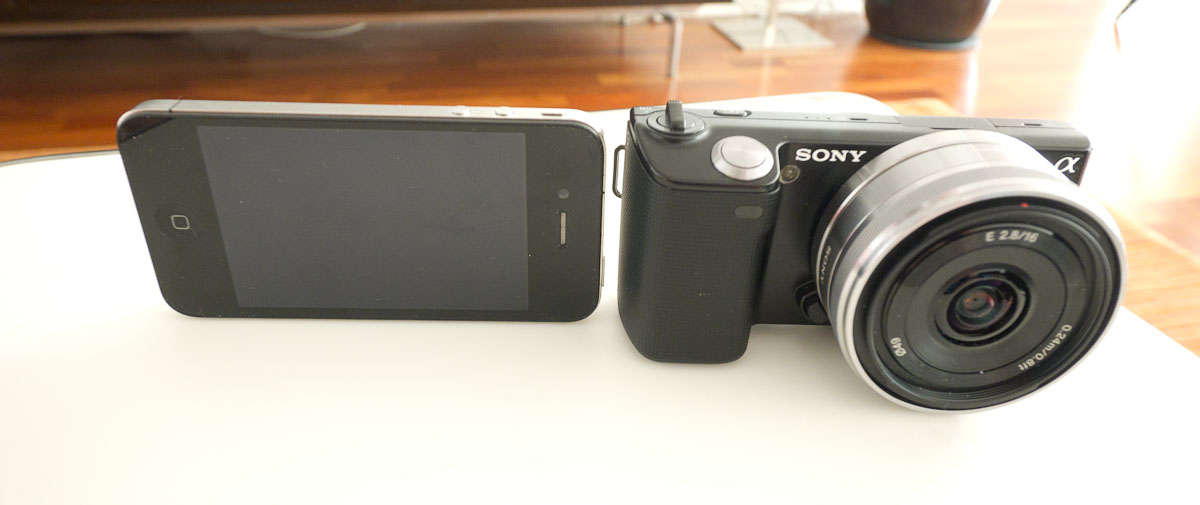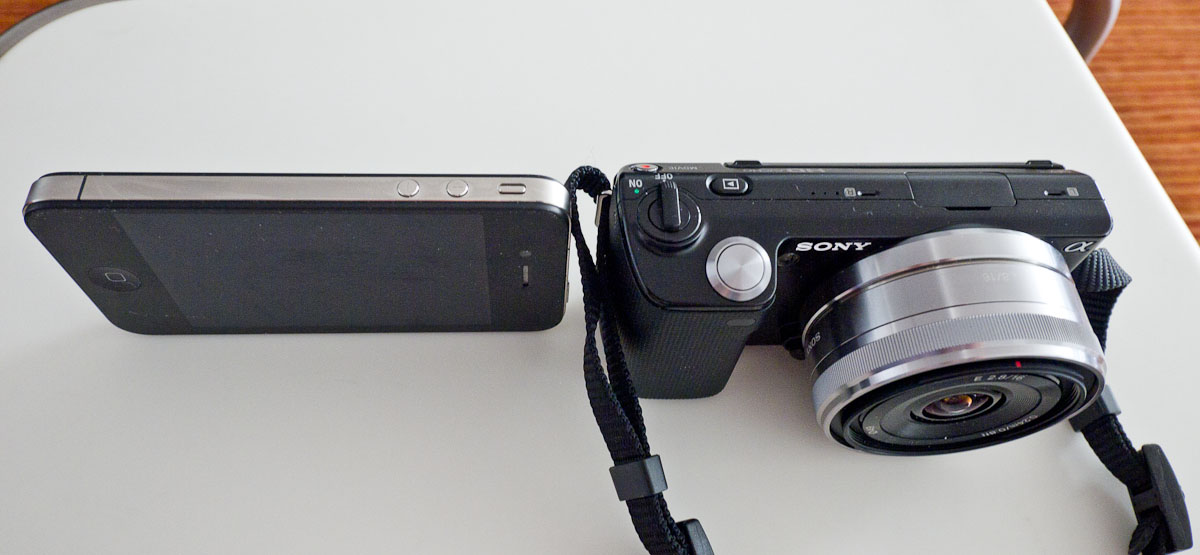Pana battery 107g, ~ much cheaper than Sony one and is lot more powerful (1250 mAH. Works for ~250 shots for me on an average).Sony battery 57g, less power (1080 mAH) and is pricey.
This means the sony battery is more efficient than the panasonic battery, and should probably cost more. Panny gets 11 mAh per gram while sony is getting 19 mAh / gram. Much higher energy density. This points to the panny being built with low cost cells and the Sony being built with cutting edge cells. To deliver the same value (mAh/g/$) the Sony battery should be %63 more expensive.
With batteries these energy density figures are key. Improvements in energy density are the difference between different battery types (like Nicad, NiMH, LiPo and Lithium Plymer). The sony's %60 higher energy density means nearly the same capacity in a lot less weight and volume.
But this time I'm not buying anything until it's supported by Aperture (so I could have a long wait

)
It might not be that long of a wait. I suspect the NEX is going to be much more mass market than m4/3 and then its just a question of how proprietary the RAW format sony is using is. I believe the m4/3 cameras were embedding a lot of custom info into the RAW format which wasn't revealed by Olympus or Panasonic for Apple to use in building support.
Terry, just for fun, how about a picture of the NEX compared to the iPhone?
I'd very much like to see such a picture as well. Right now I'm debating between getting an iPhone 4 and a NEX-5.
The reason is that the iPhone 4 may be "good enough". Since I'm buying one anyway, this would mean I could wait another year to see how things develop in the mirror-less world.
On the other hand, I might rather spend that year shooting with a NEX.




